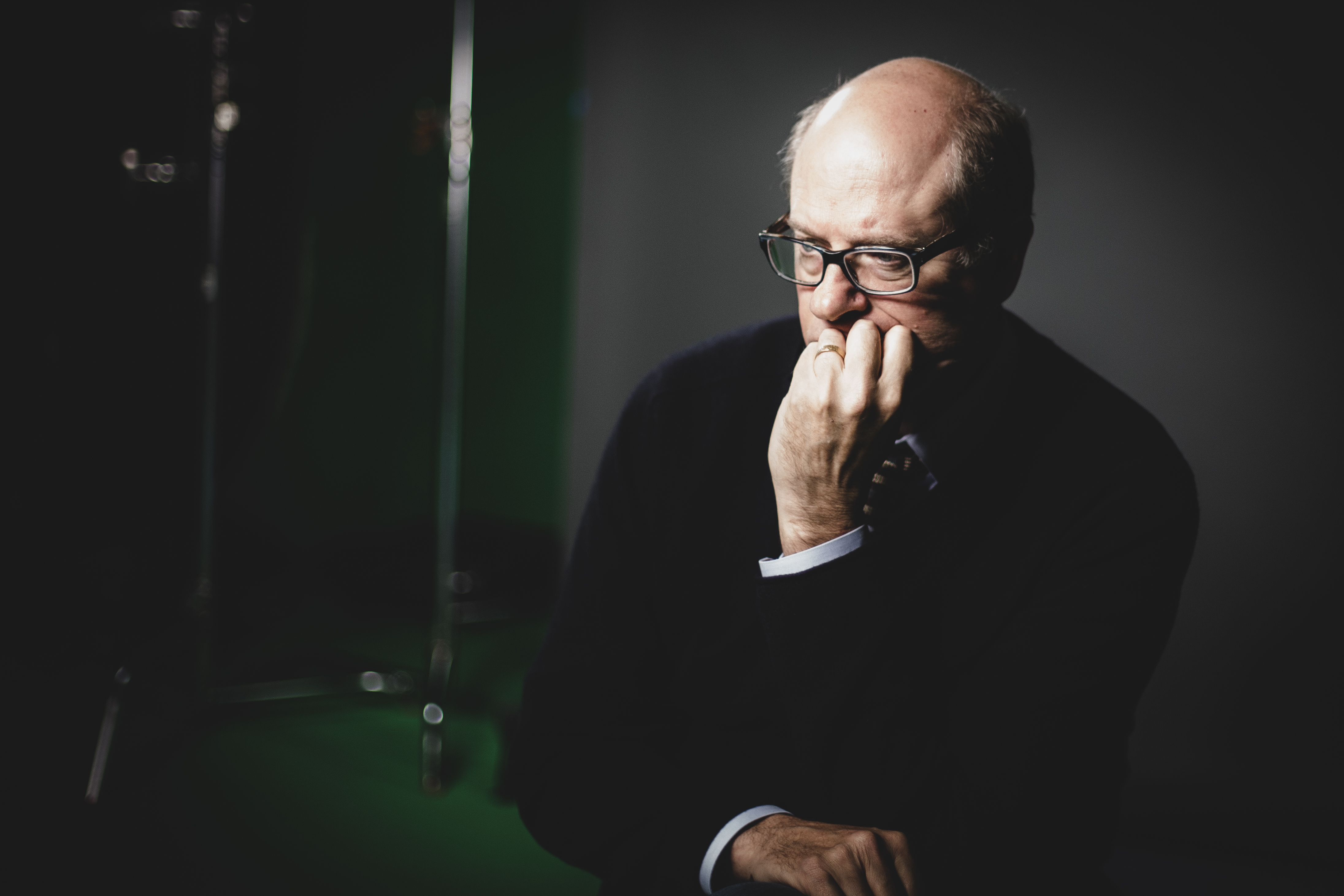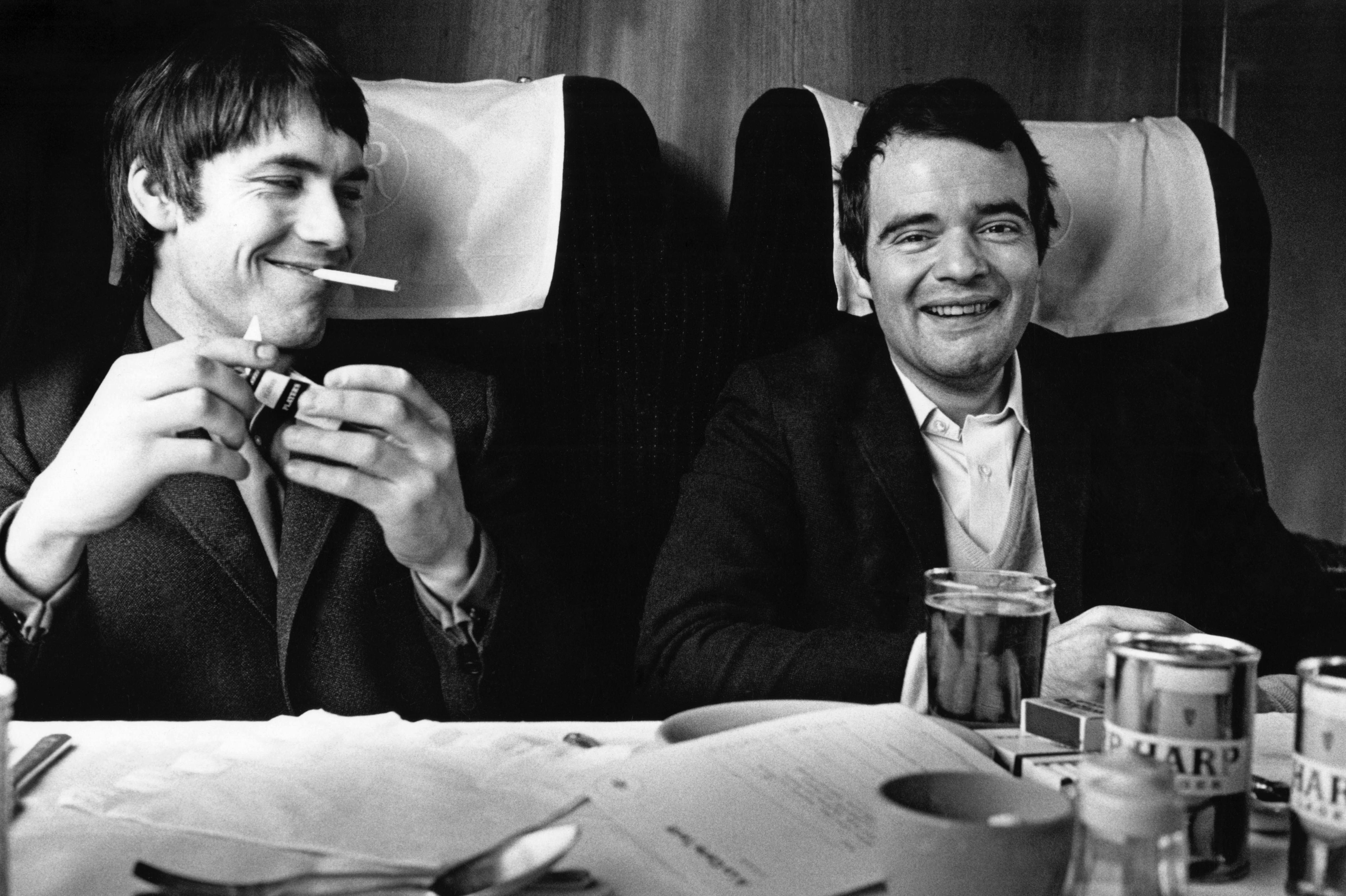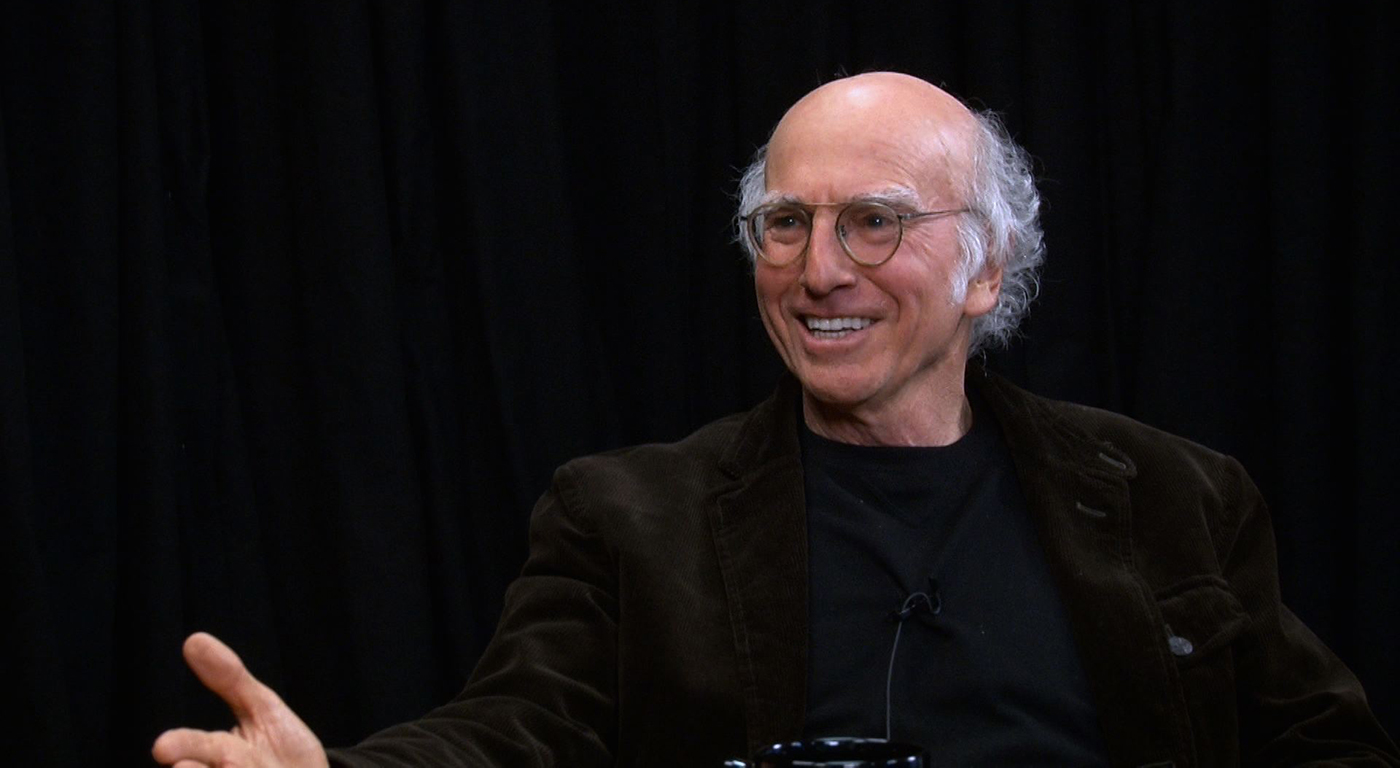This year, the Seattle International Film Festival celebrates 25 years. OK, let’s be real—this is really only the 24th festival. Somewhere between 1987 (the 12th Annual SIFF) and 1988 (the 14th) we jumped a year: a leap festival, I suppose, but if skyscrapers can skip the 13th floor, why shouldn’t a festival have the same option? I say, “Any excuse for a celebration!” And SIFF has plenty to celebrate.
“At the first Seattle Film Festival, they had a sneak preview one night during the week, and there were very few people in the theater. I don’t think there were a dozen people, and it turned out the film was The Rocky Horror Picture Show. One reason you go to a film festival is to see something that you’ve never heard of and have no idea what it’s going to be and hopefully you’re just bowled over by it. I remember for days afterwards trying to explain to friends what The Rocky Horror Picture Show was.”
WADE SOWERS, SIFF series passholder and festival-goer since 1976
In 1976, Darryl Macdonald and Dan Ireland, partners in the Moore-Egyptian theater, put together 13 films on a two-week program, and the Seattle International Film Festival was inaugurated. This was long before Cinema Seattle was created: The festival was completely underwritten by the Moore-Egyptian and was a true labor of love. The first festival opened with The Lost Honor of Katharina Blum by Volker Schlondorff and Margarethe von Trotta, and featured Fassbinder’s Fox and his Friends, Bu�’s The Phantom of Liberty, Verhoeven’s Cathy Tippel, and The Rocky Horror Picture Show. The next year it more than doubled, and in 1979 hosted its first debuts: 11 American premieres and the world premiere of Alien. In the meantime, Dan and Darryl were exploring Dutch cinema, and SIFF soon became the premier American showcase of the emerging films of the Netherlands. In 1980, after featuring his work in the first three festivals, SIFF dedicated its third retrospective to the work of Paul Verhoeven, and in 1983 his kinky thriller The Fourth Man, which turned out to be his international breakthrough film, opened the festival with its American debut.
“I have all these memories of people they brought to the festival: Michael Powell and Robert Wise and Stanley Donen and so many filmmakers big and small who nobody would have seen without the festival bringing them. And that means a lot to filmmakers who live here. Unless we travel a lot to New York or LA, we feel kind of cut off from the rest of the world, and I think the festival provides us with a link to other filmmakers and other films that we wouldn’t see otherwise. I can’t tell you the number of times where I’ve just been sitting in the audience with some filmmaker that’s brought their film. They may not be someone famous, but I love to hear their story, I love to hear how they got the money, how their vision came about, the obstacles they faced, some of the cool things that happened to them. Even if you don’t get to meet them, just seeing them in the same room with you gives you hope.”
JANICE FINDLAY, local filmmaker and festival-goer since 1979
Over the years, SIFF has introduced dozens of world premieres and hundreds of American premieres, some of which went on to critical acclaim and popular success, many of which disappeared from the public consciousness. But then Seattle has never been a prestige festival like Cannes or New York or Toronto or the much younger Sundance, where filmmakers fight for the international exposure they bring. Critics and producers fly from all over the world to see these high-profile exhibitions culled from a pool of the cinematic elite. SIFF has grown into the biggest festival in the country because of community. The 25-day span is just too much for an out-of-town critic or fearless out-of-state film buff to cover, but it gives local residents plenty of time to sample their share of world cinema without having to take a vacation (not that that’s stopped a few driven souls from doing just that, and you can often pick them out of the passholders line by their bleary eyes and massively scribbled schedules). Last year, more than 135,000 tickets were sold, and those were by and large, according to SIFF, to Seattle filmgoers.
“I remember being absolutely knocked out the night of Wim Wender’s The American Friend (SIFF 1978). That was one of those where the talk went well into the evening. I remember a grand time the evening that Ivan Passer was there to present Cutter’s Way (SIFF 1981). And I remember William Everson’s amazing collection of pre-Hayes code films. This was years before Warner Bros. put together their package (called “Forbidden Hollywood”), and he had a lot of films that Warner didn’t.”
GREG OLSON, SAM programmer and festival-goer since 1976
In a city that has no Cinemateque or year-round noncommercial repertory venue, SIFF becomes ever more important as a lifeline to the rich array of cinema that never secures an American release. Past festivals have offered everything from the underground cinema of George Kuchar and Curt McDowell, early exposure to the films of “Beat” Takeshi Kitano (including three films that have yet to secure either a theatrical or video release), to Julio Medem (his debut, Vacas, makes a return visit this year as a “Flashback”), and of course to countless American independent films. Seattle’s heyday as a Hong Kongmovie-mad town finds its roots in such festival showings as The Butterfly Murders (SIFF 1980) and Banana Cop (SIFF 1985). A quick survey through the years finds such remarkable films as Our Hitler (SIFF 1980), Poto and Cabengo (SIFF 1981), and Jeanne Dielman, 23 Quai De Commerce (SIFF 1983) among others, which never secured theatrical runs and have yet to be released on video.
“I remember being there when the Australian new wave hit, being there when John Sayles showed Return of the Secaucus Seven (SIFF 1980), being there when Max Havelaar (SIFF 1977) and Soldier of Orange (SIFF 1978) and the Dutch new wave hit. Going through each new wave as they came through, you felt like you were there.”
STEPHANIE OGLE, proprietor, Cinema Books, and festival-goer since 1977
Listing the films that took off and became major hits or cult classics makes for the most impressive festival stories but not necessarily the most vivid SIFF memories. It’s that lone screening of an unforgettable film that never appeared again, or that rare big-screen showing of an archival oddity, or the electricity of a director answering a question—perhaps your question—about a film that has delighted, enraged, or simply impressed you, that’s SIFF to me.
“In 1981, they had a double bill of the Claude Lelouche film Second Chance with Catherine Deneuve and Anouk Aimee, followed by George Romero’s Knightriders. My son was 12 and he wanted to see Knightriders and my wife really loves foreign films, but at the time the thought of seeing a George Romero motorcycle movie was just more than she could bear. But since one was at 7 and one was at 9:30, they each had to go to both of them. It was my son’s first foreign-language film and now he’s a foreign-language film buff, and my wife was so overwhelmed by Romero’s Knightriders that she realized why I go to the festival—so I can see something that’s totally unlike what I’m used to seeing. From that festival on, she started purchasing a full-series pass because if she could be so surprised by something like Knightriders she didn’t want to take a chance on missing something like that again.”
WADE SOWERS
SIFF timeline
1976: The first festival features 13 films at the Moore-Egyptian.
1978: Stanley Kramer is honored in the festival’s first retrospective.
1979: The 81 films include the world premiere of Ridley Scott’s Alien, plus 11 US premieres.
1980: Paul Verhoeven honored, along with the most concentrated collection of Dutch cinema to date.
1981: SIFF programs 100 films and outgrows its single venue, the Moore (making its final festival appearance), and branches out into the newly remodeled Egyptian Theater, to this day the flagship of SIFF.
1983: The Secret Fest is born (don’t tell anyone).
1985: The Golden Space Needle Awards are inaugurated, one of the few audience-determined awards in the world of film festivals. The first Best Film winner: Kiss of the Spider Woman.
1986: Fons Rademakers wins Golden Space Needle in the American inaugural showing of The Assault. It went on to win the Oscar for Best Foreign Film.
1989: The Michael Powell retrospective, perhaps the most fondly remembered tribute in the history of SIFF.
1990: Cinema Seattle is born.
1995: Opening night film is the world premiere of Mel Gibson’s Braveheart, which went on to win the Oscar for Best Picture. He forgets to mention that in his acceptance speech, but Seattleites are pleased just the same.
1996: SIFF co-creator Dan Ireland returns to open the festival with his directorial debut: the acclaimed The Whole Wide World. The Filmmakers’ Forum is created.
1997: Bill Condon wins the Golden Space Needle Award for Best Director for Gods and Monsters. He went on to pick up the Oscar for Best Adapted Screenplay for the same film.






